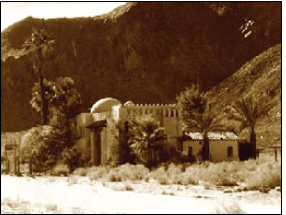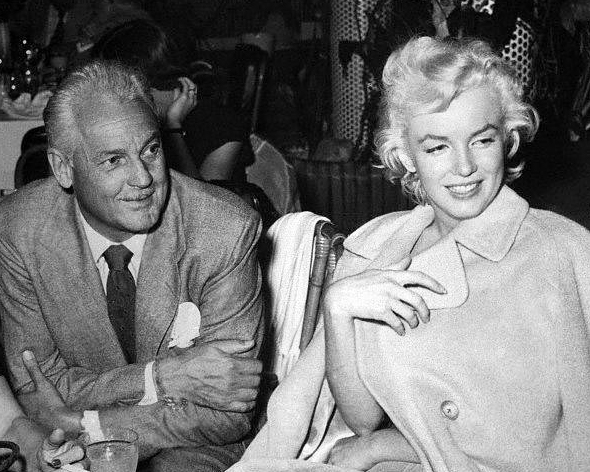
Palm Springs Weekend stars Troy Donahue and Stefanie Powers (who was William Holden's girlfriend when he died).
One other small, classic Palm Springs hotel—the Orchid Tree Inn—also holds a special place in my heart. It’s where my mother lounged around the pool with Troy Donahue. I’m guessing that must have been around 1965, a year or so after his oh-so-brief marriage to Suzanne Pleshette and a couple of years after he’d made Palm Springs Weekend with Connie Stevens and Stefanie Powers. Donahue was an interesting character. Born Merle Johnson (supposedly he got the Troy Donahue monicker from his agent, Henry Wilson, who had tried giving it to James Darren, but it didn’t stick), Donahue was part of the ’50s pretty boys pack that included Rock Hudson, Tab Hunter, and Doug McClure among others.
Of course, Hudson and Hunter turned out to be closet homosexuals (in the late ’50s Hunter used to hang out at the Desert Inn with his boyfriend, Anthony Perkins who, a few years later, would, as Norman Bates in the Hitchcock classic Psycho, dress in women’s clothing when he murders Janet Leigh in the shower). But the whole was-he-or-wasn’t-he guessing game about Donahue’s sexuality was a little more complicated. Not that the marriage to Pleschette proved anything since it lasted only a few months. He wed another actress, Valerie Allen, in 1966, but that didn’t last long either. After that, his life kind of went in the dumpster. Heavy drinking, drugs—the usual. When he died of a heart attack in 2001 at the age of 65, he was engaged to the mezzo-soprano opera singer Zheng Cao. It would have been his fourth marriage.
The Orchid Tree Inn is also where, on another occasion, my mother met William Holden. According to her he was “hiding out” (she never said from what or from whom) in one of the Spanish-style bungalows that ringed a desert garden courtyard. Once or twice she was invited to join “Bill” (as she said he insisted on being called) for a round or two of well-chilled martinis. This was after my father had left and my mother was alone. I don’t remember my mother telling any particular stories about “Bill” Holden and maybe it’s just as well. Some things should remain secret. Towards the end of her life, primed by a couple of cocktails, she did reveal that once, after a long night of drinking with Holden, the two of them ended up in the pool late one night, drunk, floating on their backs, looking for shooting stars. “God, I was so young then,” she’d say wistfully. “We were both so young.”
Holden was 63 when he died in 1981; my mother, who died a few years later, was all of 55.









Recent Comments